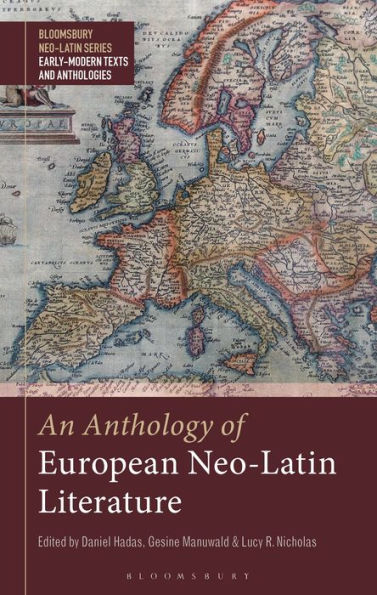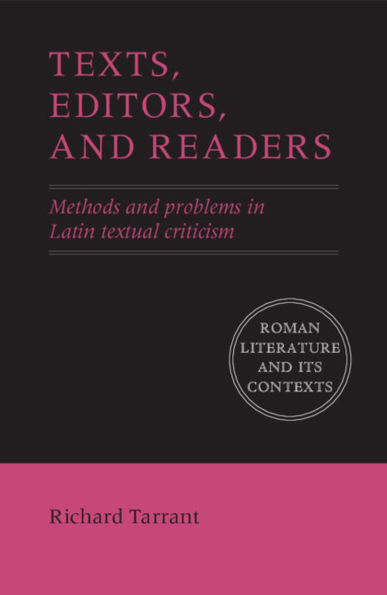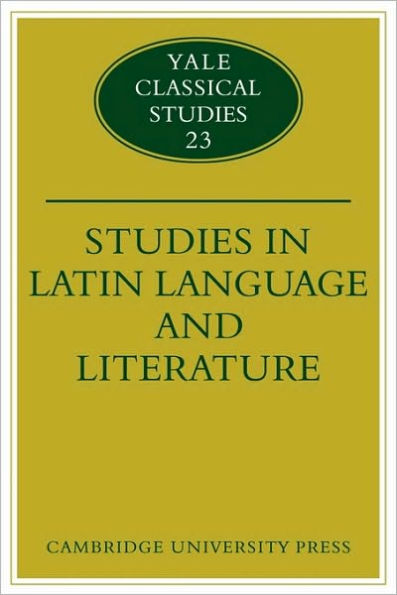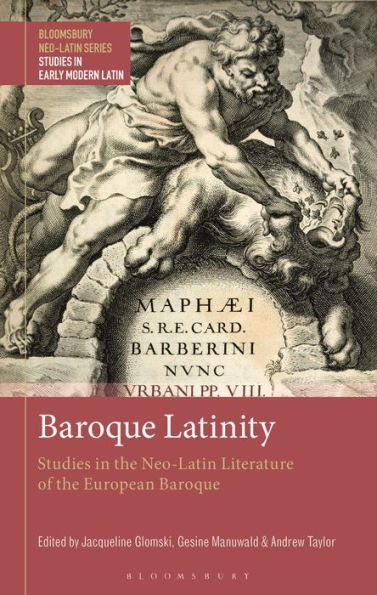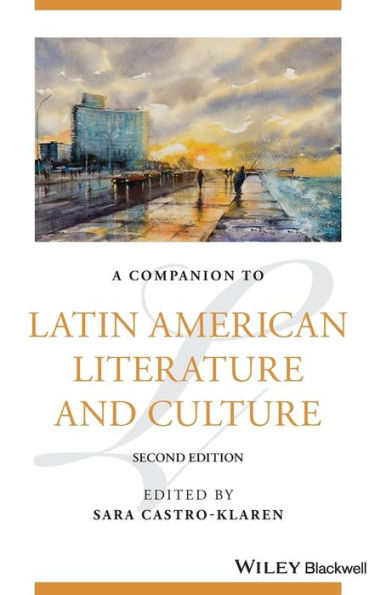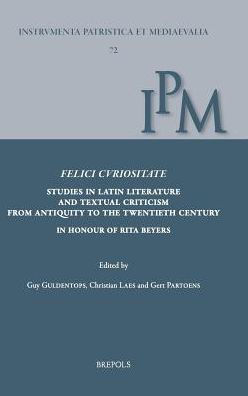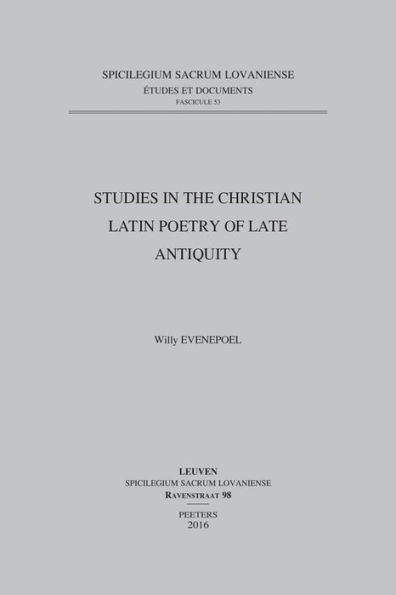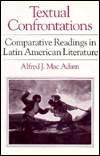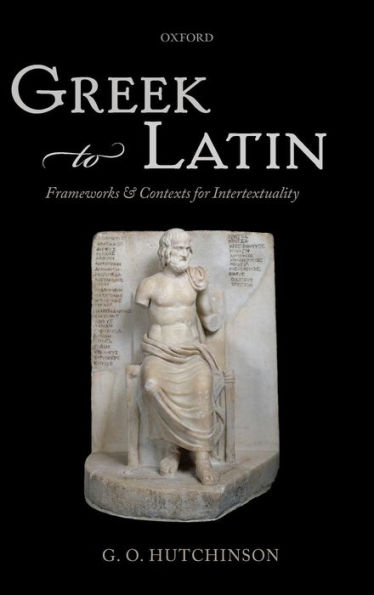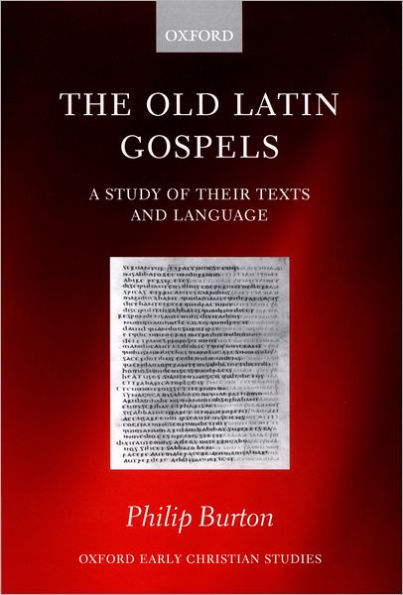Home
Companion to Neo-Latin Studies: Literary, Linguistic, Philological and Editorial Questions
Barnes and Noble
Companion to Neo-Latin Studies: Literary, Linguistic, Philological and Editorial Questions
Current price: $93.50


Barnes and Noble
Companion to Neo-Latin Studies: Literary, Linguistic, Philological and Editorial Questions
Current price: $93.50
Size: OS
Loading Inventory...
*Product information may vary - to confirm product availability, pricing, shipping and return information please contact Barnes and Noble
First published in two parts in 1977, the first edition of the
Companion to Neo-Latin Studies
appeared, filling a long-felt lacuna in the study of Neo-Latin literature. Both parts were subsequently revised to take into account to the explosive growth of Neo-Latin studies in the last decades.
Part II of the
addresses all the relevant literary forms and genres of Neo-Latin literature; their characteristics and evolution are described and bibliographical aids have been added; the method is descriptive rather than theoretical. Also included are linguistic, philological and editorial questions, discussing the features of Neo-Latin vocabulary, syntax, style, prosody and metre, old and modern editions, and other issues. A historical survey of Neo-Latin studies concludes Part II. Several indexes facilitate access to the varied contents of the work.
Together, the two parts of the
Companion
form an indispensable and up-to-date introduction to the immense and still largely growing field of Neo-Latin literature.
Companion to Neo-Latin Studies
appeared, filling a long-felt lacuna in the study of Neo-Latin literature. Both parts were subsequently revised to take into account to the explosive growth of Neo-Latin studies in the last decades.
Part II of the
addresses all the relevant literary forms and genres of Neo-Latin literature; their characteristics and evolution are described and bibliographical aids have been added; the method is descriptive rather than theoretical. Also included are linguistic, philological and editorial questions, discussing the features of Neo-Latin vocabulary, syntax, style, prosody and metre, old and modern editions, and other issues. A historical survey of Neo-Latin studies concludes Part II. Several indexes facilitate access to the varied contents of the work.
Together, the two parts of the
Companion
form an indispensable and up-to-date introduction to the immense and still largely growing field of Neo-Latin literature.
